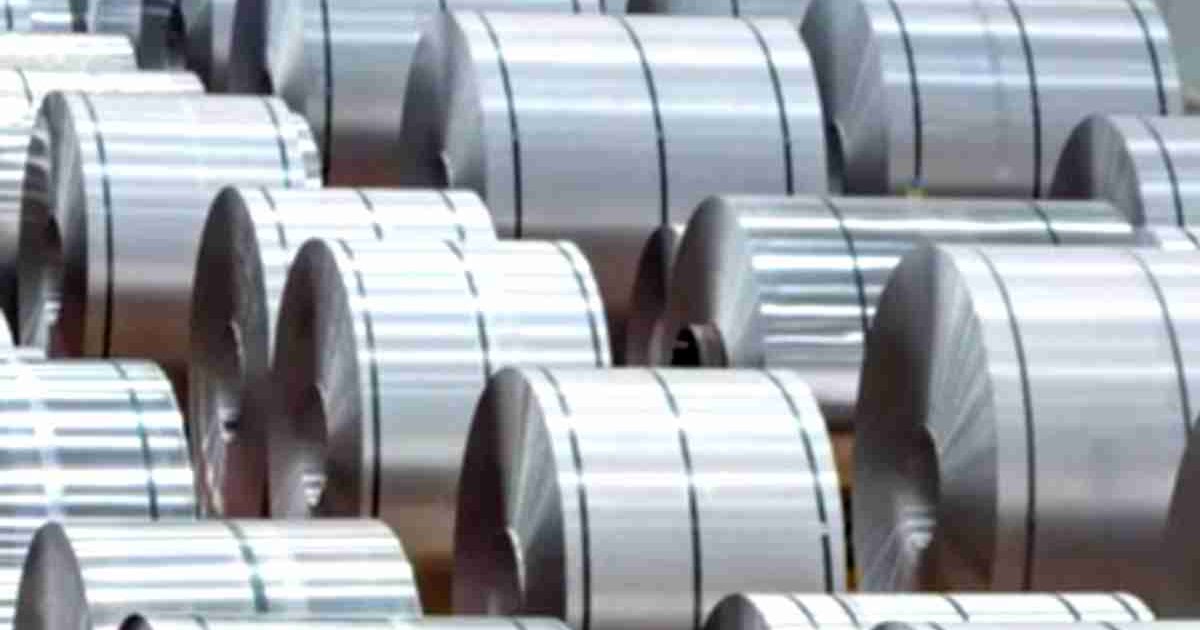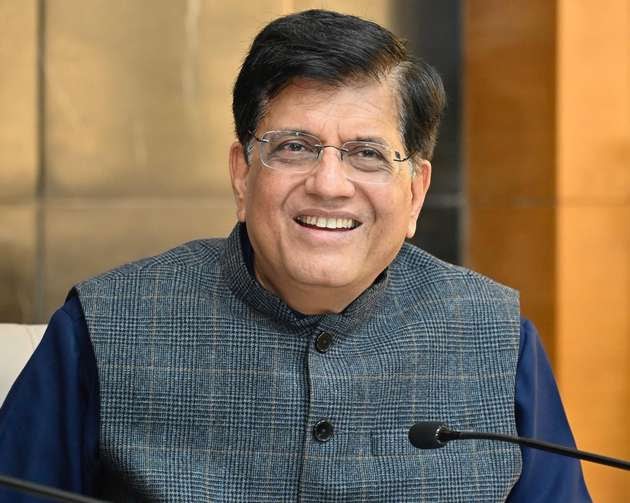
Aanchal Vohra
Last week the EU Commission announced it would raise tariffs to 50 percent on steel imports that exceed the tariff-free limit. The tariff-free limit will also be reduced by 47 percent to 18.3 million tonnes annually. At present this proposal is awaiting the approval of 27 member countries of the Union and the European Parliament.
This step has been taken in view of the increasing steel production worldwide and decreasing production in Europe. Since, at present one-third of the steel production capacity of the European Union is lying vacant.
But in such a situation, many questions are being raised on the European Union. Especially because he presents himself as the biggest advocate of free trade. Now he is being accused of following America’s footsteps.
However, there is also speculation that through this the EU wants to save its domestic steel industry. Also, the EU is looking for a better deal with the US on European steel exports.
Is this move by the EU to protect the domestic industry?
China is largely held responsible for the troubles facing the EU’s steel industry. Since, China dumps much of the steel production in Europe at cheaper rates. Nevertheless, China described this step of the European Union as a step towards protectionism.
In a statement posted on WeChat, the China Chamber of Commerce in the EU told the Global Times newspaper, “Although the share of China’s steel exports to the EU is very small, this move points to growing trade protectionism in the EU.” At the same time, he also said that this is also against the EU’s rules-based trade policy that has been going on for years.
On the other hand, the EU said that these tariffs will be imposed only on imports exceeding the limit. While the tariff-free steel quota still exists.
The European Steel Association also welcomed this policy. He called it a new lifeline for the steel industry. Since, in the last 15 years, approximately one lakh jobs have been lost from this industry. He said that this decision of the European Commission is in accordance with the trade rules of the World Trade Organization.
Additionally, he also said that this is quite different from the US’s 50% tariff on total imports. Tariff rate quota system will be implemented in EU. Due to which a certain quantity of steel can be imported into Europe without tax.
He said that 50 per cent duty will be applicable only on imports above the quota, so that temporary imports can be stopped. Anyway, 18 million tonnes of steel reflects the import situation before 2013. Till then China had not started sending steel in bulk quantity to the market. Also, it is equal to the combined production of France, Belgium and Luxembourg.
Is the European Union hoping to get concessions from Trump?
This tariff imposed by EU on steel is like Trump’s tariff. Which he had planted at the beginning of the year. The EU’s trade commissioner said at a press conference that the EU had taken the action “in a European manner”. The purpose of which is to keep the European markets open and to give quota to the partners.
Some experts believe that the EU has taken this step to please Trump. So that he can reduce the 50 percent duty on European steel.
The European Steel Association also said it expected concessions from the US. The organization said, “We hope that these new rules will initiate a new dialogue with the Trump Administration to remove the tariffs and avoid excessive steel production around the world.”
There may be a serious impact on UK and India
Due to this tariff, concern is also increasing in Britain. EU steel tariffs could put the British steel industry at “jeopardy”. According to the assistant general secretary of the Community Trade Union, around 80 per cent of British steel is exported to the EU. But now if this market is closed, British jobs could be seriously affected.
The prime minister there, Keir Starmer, announced this week that he was in talks with the US and the EU.
However, Penny Nass, senior vice president of the German Marshall Fund, raised the possibility that the UK could be used as an escape route from China.
Also, its serious impact can be seen on India also. According to Sandeep Pondrick, Secretary, Indian Steel Ministry, in 2024, about 33 lakh tonnes or about 60 percent of Indian steel exports were to go to the EU market.
However, currently the EU and India are negotiating a free trade agreement. An Indian delegation is likely to reach Brussels this week. Then again, imposing tariff on Indian steel is already a contentious issue even under EU carbon emissions rules.
from business https://ift.tt/rX1ic2K
via IFTTT


